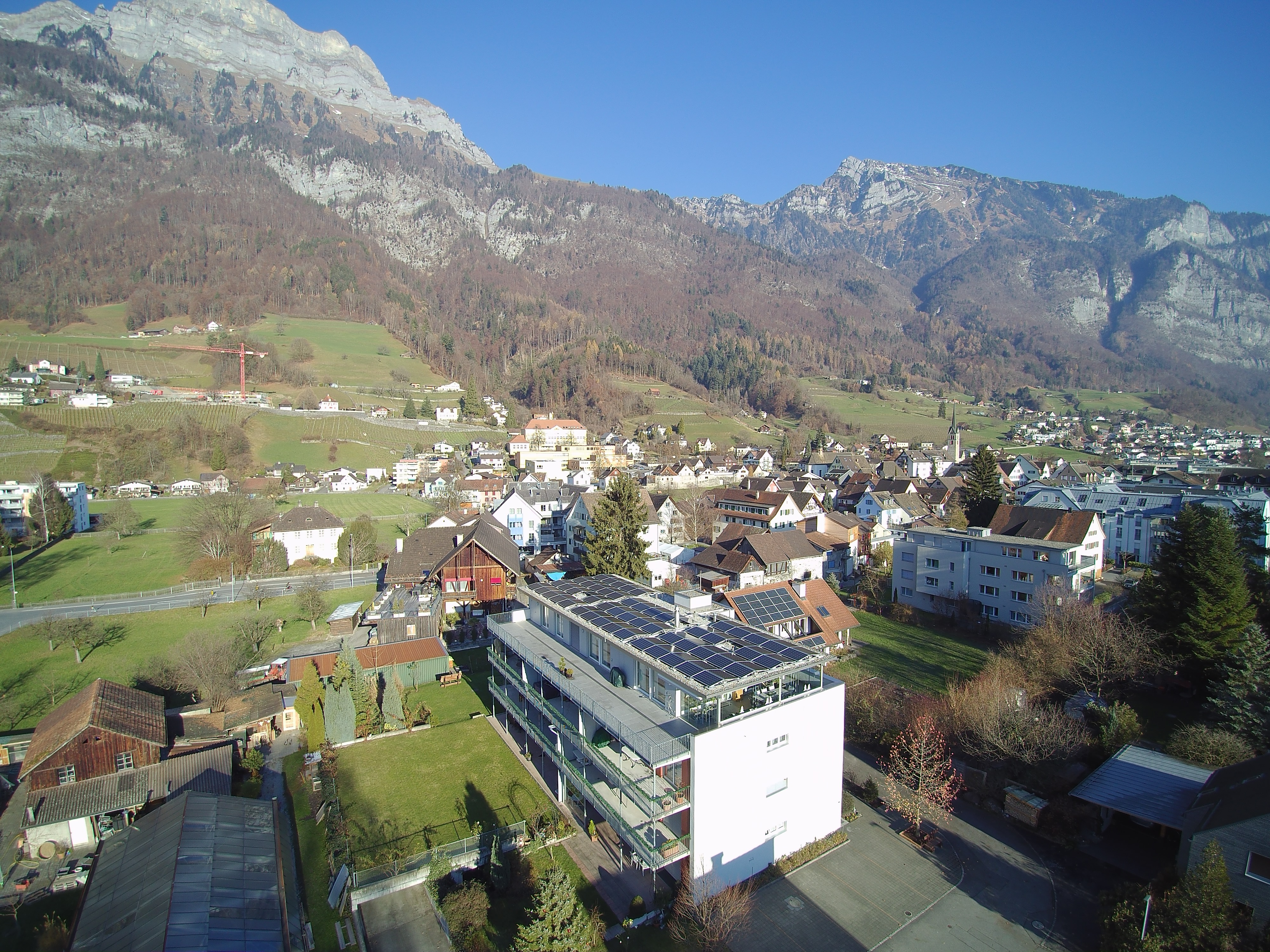
- Projects
Test Community
Network of Controllable Prosumers in Walenstadt
Controlling individual household assets – such as heat pumps, electric vehicles, rooftop PV installations – can help us to study the impact they have on the stability and operation of local networks and everything upstream. Working closely with the population of Walenstadt is a great way to test our original solutions as well as market platforms to connect energy operators with their customers. This is why we are building a test community of local households.
Our test community was launched at Walenstadt’s Energy Day in May 2024, when we introduced the Grid2050 project to the public, and has attracted participation from 25 households so far. We expect our initiative to lead to increased energy literacy and cooperation among residents, supporting the canton's energy concept. The findings will also provide valuable insights into the actual operation of renewable energy sources at the lowest level of the power grid.

Household coordination in detail
As part of this initiative, we are converting participating households into controllable assets. This network of controllable households will allow the researchers to validate and improve theoretical studies as well as simulation models of the devices.
Each household will be equipped with an energy management system, which will subsequently be interfaced with the centralised platform operated by the distribution system operator, WEW in Walenstadt. The EMS receives and responds to signals from the DSO, enabling prosumers (consumers with PV systems, electric car charging stations and heat pumps) to coordinate their usage of these devices for the benefit of the overlying electricity grid. As a result, DSOs can harness the flexibility of end users without complex tariff structures.
One of our first tasks was choosing the right energy management system. After gathering input from the test community, careful evaluation of market offerings and further work with the manufacturer, we selected the Swiss product Solar Manager Gateway, which efficiently uses the solar power produced in the household, tracks energy consumption and optimises its electricity supply.
To achieve this, the EMS communicates with the house’s major energy generators, consumers and storage facilities (including the PV system, the heat pump and the battery storage). It also provides a visual display of the production and optimised load profile data for the homeowner in an app, while the same data is cached for research purposes in a specially created database.
Part of Walenstadt Demonstrator, this project has received funding under the P+D funding scheme of the canton of Saint Gallen. Check out the link below to know more.